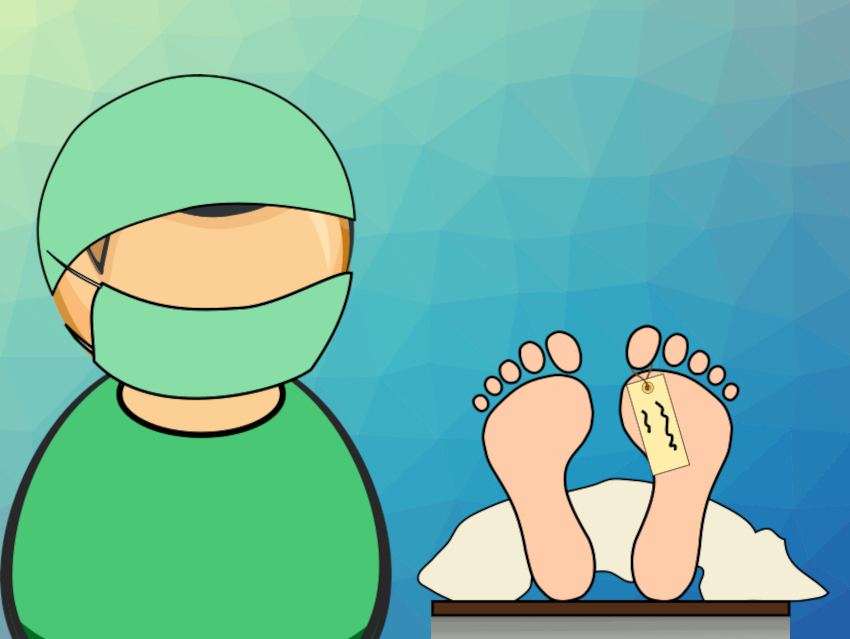Forensic sciences are a highly diverse field. Forensic toxicology, for example, can play an important role. In the first part, we looked at what forensic medicine is and what happens in the autopsy room. In the second part and this part, we provide a look behind the scenes at two representative case reports that illustrate the different approaches followed in the field of forensic toxicology.
5.2. Case History: Hallucinogens Become Deadly for a Young Man
5.2.1. Background
A 22-year-old man (height 183 cm, weight 78 kg, BMI 23) jumped out the window (4th floor) of a multifamily house, landing on a metal fence sphincter-first. When the fire department arrived, the victim was still alive, so that rescue workers started to cut the metal fence. When the emergency physician arrived, the victim had died. Selected images from this case can be found at a knowledge and puzzle park, Galileo Park, in Lennestadt, Germany, or in the exhibition catalog [16].
A witness stated that they had consumed drugs with the deceased. Over the course of the evening, the victim abruptly became aggressive and violent, throwing bottles and other things around the room. After a short tussle between the deceased and the witness, the victim broke away, ran to the bed located in the room, and dived out of the open window. The witness looked out the window and saw the witness stuck on the fence.
5.2.2. Alcohol Analysis
A level of 0.68 ‰ ethanol was detected in the femoral vein blood. A quantitative analysis of ethanol in the urine was not carried out because no urine could be obtained by the pathologist. It was apparent that the victim’s bladder had ruptured upon impact with the fence.
5.2.3. Systematic Toxicological Analysis
 The immunochemical analysis of heart blood for common drugs and medications indicated the presence of amphetamine. This suspicion was confirmed by an LC/MS analysis of a femoral vein blood sample. In addition, 4-bromo-2,5-dimethoxyphenylethylamine (2C-B) was also detected in an LC/MSMS analysis (see Fig. 7 and for more information see Infobox 5).
The immunochemical analysis of heart blood for common drugs and medications indicated the presence of amphetamine. This suspicion was confirmed by an LC/MS analysis of a femoral vein blood sample. In addition, 4-bromo-2,5-dimethoxyphenylethylamine (2C-B) was also detected in an LC/MSMS analysis (see Fig. 7 and for more information see Infobox 5).
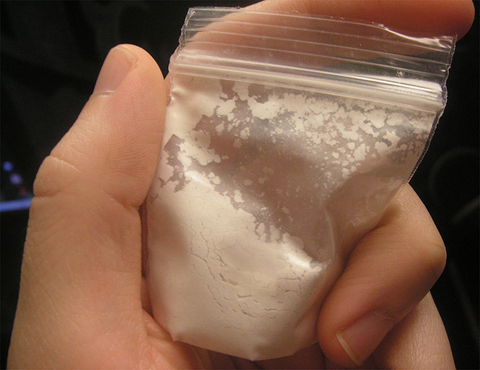 |
|
Figure 7. 2C-B. |
5.2.4. Quantification of Narcotics
The tests detected 0.048 µg/mL amphetamine and 0.014 µg/mL 2C-B in the femoral vein blood. After oral consumption of a typical dose of amphetamine (5–20 mg), concentrations of 0.02–0.1 µg/mL can be detected in serum. The concentration detected in the femoral vein blood of the deceased was in this range. The concentration of 2C-B in the femoral vein blood also indicates ingestion of a typical dose, although empirical values for the estimation of toxicological effects of this drug are not yet available. Because the effects of psychoactive substances can vary greatly, it can be assumed that the side effects, in particular, the hallucinogenic effects, were very strong in this case.
5.2.5. Evaluation
The fatal leap from the window can very probably be explained as the consequence of alcohol consumption and the consumption of psychoactive substances (amphetamine, 2C-B). The occurrence of strong hallucinogenic effects and distorted perceptions are described in the literature for 2C-B, in particular [17]. The possibility of enhanced effectiveness due to the simultaneous ingestion of multiple toxins can also not be excluded.
6. Forensic Medicine: The Bottom Line
1. Forensic medicine is an interactive network of physicians, pharmacists, and chemists employed by the public prosecutor’s office. The person carrying out the autopsy determines whether a corpse should be tested for toxins. The toxicological analysis is carried out in the field of forensic toxicology.
2. Regardless of which drug or medicine was consumed before the time of death, the forensic toxicologist usually identifies the toxin. Various samples from the corpse are available for analysis. Normally, the femoral vein blood and urine, but sometimes also stomach contents and the gall bladder, are examined to evaluate whether a death was due to poisoning.
3. Various instrumental methods are used to trace poisonings. These either use a mass spectrometric detector coupled to a gas or liquid chromatograph, a spectroscopic detector coupled to a liquid chromatograph, or immunochemical methods.
4. The integration of comprehensive libraries of mass spectra in the evaluation process is critical to the discovery of targets, and thus, essential for detecting a poisoning.
5. The consumption of even low doses of drugs can be fatal. The consumption of unknown tablets can also lead to death and a trip through forensic medicine. The effects of psychoactive substances are often underestimated.
7. Summary
Forensic medicine is a diverse field and is primarily concerned with cases in which victims have died for an unclear reason according to the evidence of the public prosecutor. In the context of this civic responsibility, the forensic toxicologist plays a special role. He or she uses analytical instruments to examine whether there was a toxicological influence before the death. It makes no difference which type of sample is examined. In most cases, a poisoning will be detected.
The two cases presented in this article illustrate the different approaches that can be taken within forensic toxicology. In the first case, an overdose of MDMA was consumed before death; while in the second case, an action carried out while under the influence of drugs was not compatible with survival.
Acknowledgments
The authors thank the members of their technical staff, Ms. Kastner, Ms. Vejmelka, and Ms. Wangerin for the preparation and testing of the samples. The authors also thank Mr. Rudolph for proofreading.
References
[16] N. Widulin, HIEB § STICH: Dem Verbrechen auf der Spur, Berliner Medizinhistorisches Museum der Charité, Berlin, Germany 2016. ISBN 978-3-9817965-1-3
[17] T. Kanamori et al., Analysis of 4-Bromo-2,5-Dimethoxyphenethylamine Abuser’s Urine: Identification and Quantitation of Urinary Metabolites, J. Forensic Sci. 2013, 58, 279–287. https://doi.org/10.1111/j.1556-4029.2012.02289.x
The Authors
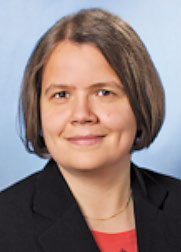 Nadine Theofel (nee Strehmel) studied chemistry at the Technical University of Berlin, Germany. After completing her degree, she began doctoral studies at the Max Planck Institute for Molecular Plant Biology in Golm, Germany. In 2010, she moved to the Leibniz Institute for Plant Biochemistry in Halle, Germany. Her postdoctoral work involved the analysis of crops and the mass spectrometric analysis of the model plant Arabidopsis thaliana.
Nadine Theofel (nee Strehmel) studied chemistry at the Technical University of Berlin, Germany. After completing her degree, she began doctoral studies at the Max Planck Institute for Molecular Plant Biology in Golm, Germany. In 2010, she moved to the Leibniz Institute for Plant Biochemistry in Halle, Germany. Her postdoctoral work involved the analysis of crops and the mass spectrometric analysis of the model plant Arabidopsis thaliana.
Since 2016, Nadine Theofel has been Director of the mass spectrometry laboratory at the State Institute of Forensic and Social Medicine in Berlin. In this role, she looks for toxins in human samples by using modern mass spectrometric techniques.
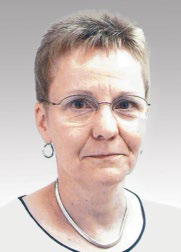 Sonja Roscher, born in 1954, completed her studies in food chemistry at the Technical University of Berlin as a state-certified food chemist and received additional training in pharmaceutics at the Free University of Berlin, which she completed in 1985 with a pharmacy license.
Sonja Roscher, born in 1954, completed her studies in food chemistry at the Technical University of Berlin as a state-certified food chemist and received additional training in pharmaceutics at the Free University of Berlin, which she completed in 1985 with a pharmacy license.
Since 1995, she has directed the laboratory of high-performance liquid chromatography and spectroscopy at the State Institute of Forensic and Social Medicine. Her responsibilities include drafting findings for investigations into cause of death and serving as an expert in court. She has examined over one thousand deaths and evaluated them regarding poisoning.
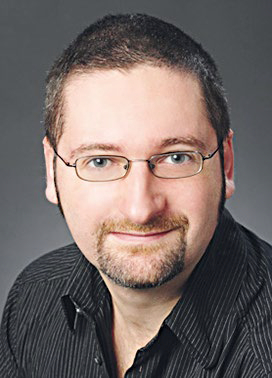 Stephan Scholtis, born in 1974, studied chemistry at Humboldt University in Berlin. After completing his degree, he worked at the Humboldt University, the Technical University, at Schering AG, and at CPL in Berlin. His focus was on analysis with mass spectrometric processes and the development and optimization of pharmaceutical syntheses. In 2009, he assumed the leadership of the forensic toxicology laboratory at the State Institute of Forensic and Social Medicine in Berlin. He became Director of the department in 2014. In addition to the assessment of chemical-toxicological analysis results for determining the cause of death, his tasks also include the preparation of toxicological reports and serving as an expert witness in court.
Stephan Scholtis, born in 1974, studied chemistry at Humboldt University in Berlin. After completing his degree, he worked at the Humboldt University, the Technical University, at Schering AG, and at CPL in Berlin. His focus was on analysis with mass spectrometric processes and the development and optimization of pharmaceutical syntheses. In 2009, he assumed the leadership of the forensic toxicology laboratory at the State Institute of Forensic and Social Medicine in Berlin. He became Director of the department in 2014. In addition to the assessment of chemical-toxicological analysis results for determining the cause of death, his tasks also include the preparation of toxicological reports and serving as an expert witness in court.
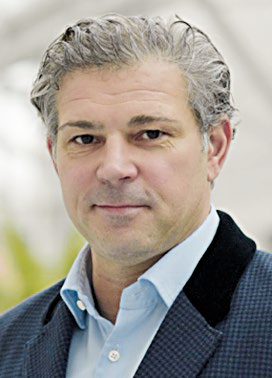 Michael Tsokos, born in 1967, studied medicine at the University of Kiel, Germany, gained his Ph.D. in 1995, and, in 2001, he habilitated at the University of Hamburg, Germany.
Michael Tsokos, born in 1967, studied medicine at the University of Kiel, Germany, gained his Ph.D. in 1995, and, in 2001, he habilitated at the University of Hamburg, Germany.
He has headed the Institute of Forensic Medicine at the Charité and the State Institute of Forensic and Social Medicine in Berlin. Since 2014, he has also been the Medical Director of the Outpatient Clinic for the Protection against Violence at the Charité. Michael Tsokos is active as an expert in forensic medicine both domestically and abroad. After his involvement with the United Nations in the identification of war victims in former Yugoslavia in 1998 and 1999, he was significantly involved in the identification of German victims of the Tsunami in Thailand in 2004 and 2005. Most recently he was involved in the identification of German victims of the assassination in Istanbul in early 2016 and victims of a terrorist attack on a Berlin Christmas market at the end of 2016. His particular focus for over 20 years has been clinical forensic medicine and child abuse, in particular.
Contact
Dr. Nadine Theofel
Landesinstitut für gerichtliche und soziale Medizin Turmstraße 21
10559 Berlin, Germany
E-Mail: [email protected]
The article has been published in German as:
- Wenn Leichen auf Gerichtsmediziner treffen: Ein letztes Urteil,
Nadine Theofel, Sonja Roscher, Stefan Scholtis, Michael Tsokos,
Chem. unserer Zeit 2019, 53, 40–49.
https://doi.org/10.1002/ciuz.201800862
and was translated by Caroll Pohl-Ferry.
When Corpses Meet Forensic Pathologists – Part 1
A look behind the scenes at two cases that illustrate the different approaches used in forensic toxicology
When Corpses Meet Forensic Pathologists – Part 2
Forensic toxicology case history: Choose your pills wisely
See similar articles published in ChemistryViews
